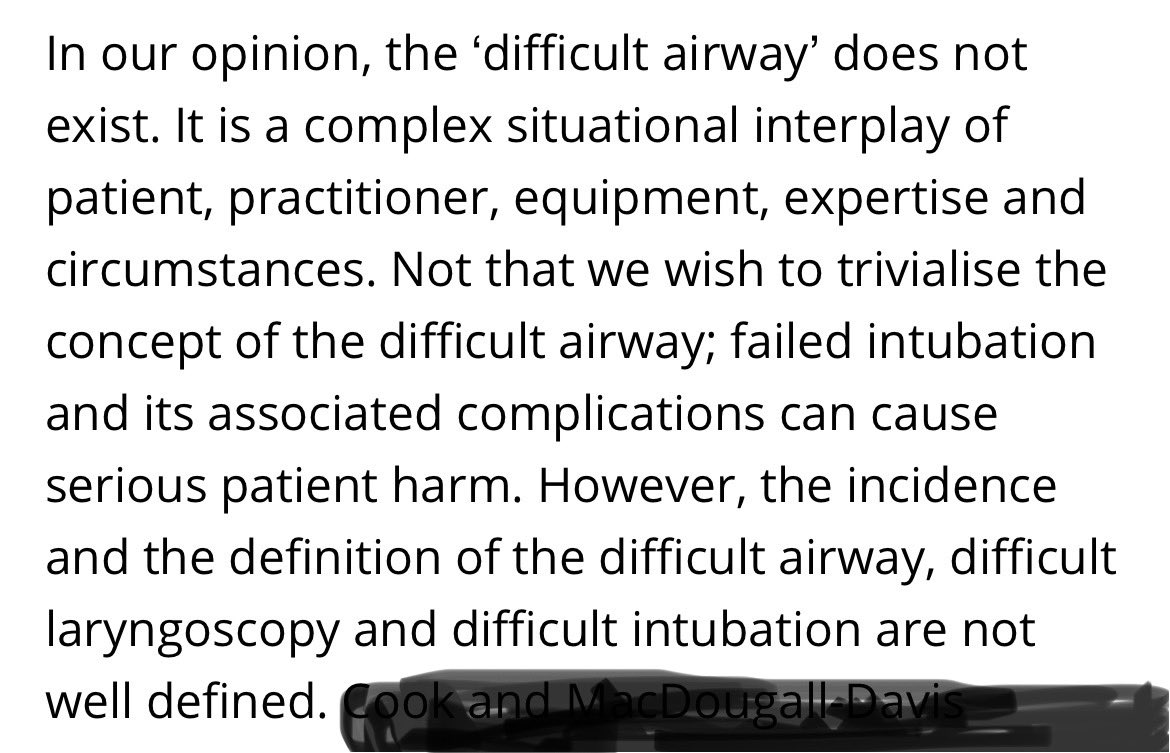
EM/ICM/PHEM doc. LOVE learning + teaching. I work in the sky above Sydney, have the attention span of a bullet, + often have days that are like cartoons #FOAMed
2 subscribers
How to get URL link on X (Twitter) App


 Step 1: Watch @NicholasChrimes absolutely SCHOOL me in this master-level HAVL tutorial
Step 1: Watch @NicholasChrimes absolutely SCHOOL me in this master-level HAVL tutorial
 But before we start going through the A-L checklist, we should ask ‘Have we addressed the original reason for intubation?'
But before we start going through the A-L checklist, we should ask ‘Have we addressed the original reason for intubation?'

 The Dominant/Overconfident Member 🦁 (2/13)
The Dominant/Overconfident Member 🦁 (2/13)

 A - Airway: MAINTENANCE & PROTECTION
A - Airway: MAINTENANCE & PROTECTION




 Page 2 gives specific guidance on managing the location of haemorrhage, eg. epistaxis, haematemesis, etc
Page 2 gives specific guidance on managing the location of haemorrhage, eg. epistaxis, haematemesis, etc



 It may appear a bit Australia-specific but applies equally to overseas resus nurses, physician assistants, & acute care practitioners, as well as critical care, coronary care, & operating room nurses, & flight paramedics who work in physician-staffed HEMS
It may appear a bit Australia-specific but applies equally to overseas resus nurses, physician assistants, & acute care practitioners, as well as critical care, coronary care, & operating room nurses, & flight paramedics who work in physician-staffed HEMS
https://twitter.com/cliffreid/status/13123710160400220192/ There’s obviously nothing wrong with calling ICU colleagues about sick pts